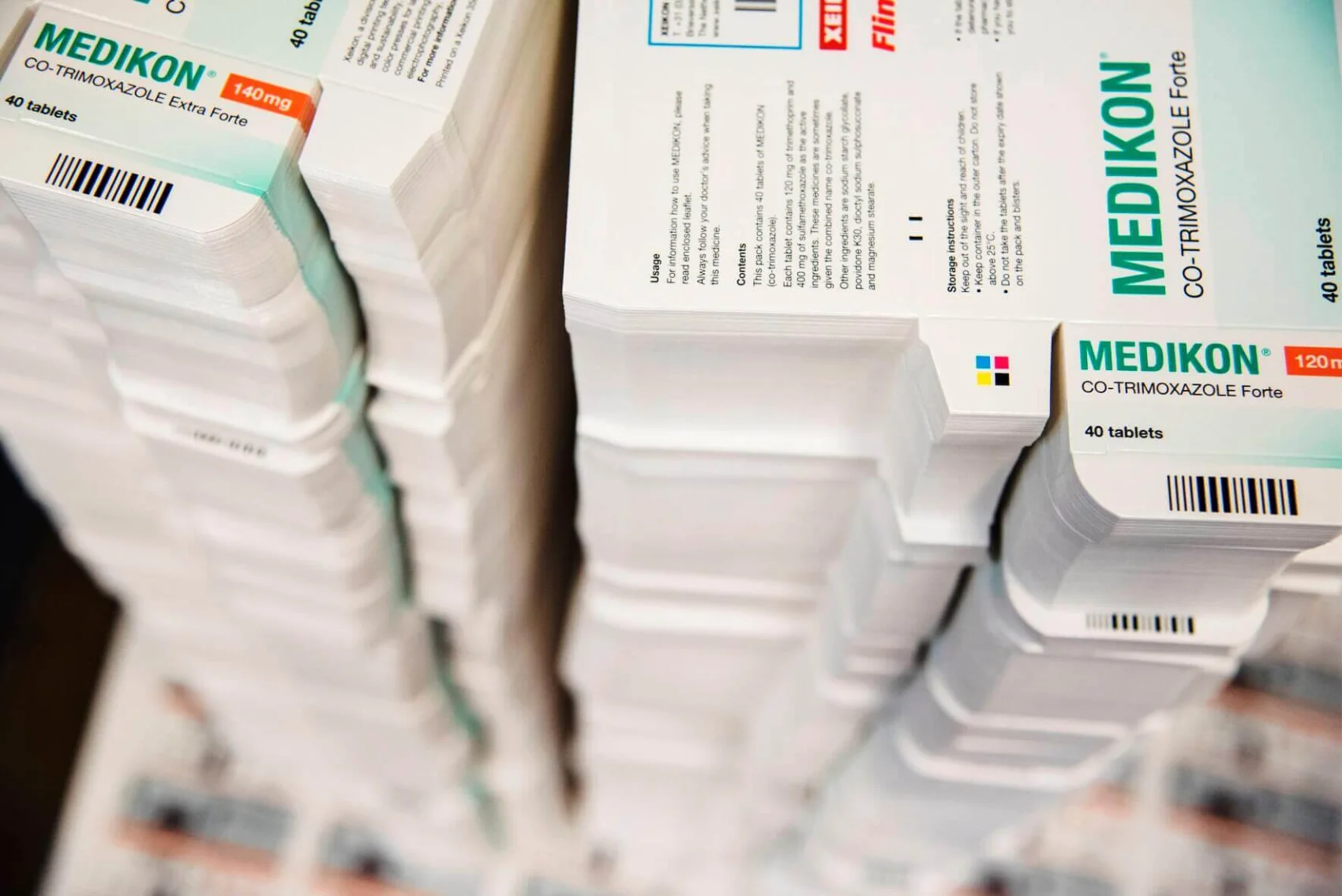Pharmaceutical packaging plays a pivotal role in the healthcare industry, serving as the guardian of medication integrity, safety, and efficacy. Beyond its primary function of containing and protecting pharmaceutical products, packaging has evolved into a sophisticated and multi-faceted tool, addressing various challenges in the industry. In this blog post, we will delve into the significance of pharmaceutical packaging, exploring its diverse roles, innovations, and the future trends shaping this critical aspect of healthcare.
Importance of Pharmaceutical Packaging
- Product Protection:
Pharmaceutical packaging acts as the first line of defense for medications, safeguarding them from external factors that could compromise their stability and efficacy. Factors such as light, moisture, air, and temperature variations can significantly impact the quality of drugs. Packaging materials are carefully selected to create a barrier against these elements, ensuring the product’s integrity from the manufacturing facility to the end-user.
- Safety and Compliance:
Patient safety is paramount in the pharmaceutical industry, and packaging plays a vital role in ensuring that medications are dispensed accurately and consumed safely. Child-resistant packaging, tamper-evident features, and clear labeling contribute to preventing accidental ingestion or misuse. Additionally, medical packaging must comply with stringent regulations set by health authorities to meet quality standards and assure the public of the safety of the enclosed medications.
- Extended Shelf Life:
Pharmaceuticals often have a limited shelf life, and maintaining product stability over time is crucial. Packaging technologies, such as modified atmosphere packaging and vacuum sealing, help extend the shelf life of medications by minimizing exposure to oxygen and moisture. This not only benefits patients but also reduces waste by preventing premature expiration of pharmaceutical products.
Innovations in Pharmaceutical Packaging
- Smart Packaging:
The integration of technology into pharmaceutical packaging has given rise to smart packaging solutions. These include temperature-sensitive labels, RFID (Radio-Frequency Identification) tags, and QR codes that enable real-time tracking and monitoring of the product’s journey from manufacturing to distribution. Smart packaging enhances supply chain visibility, reduces the risk of counterfeiting, and provides valuable data for quality control.
- Biodegradable Materials:
The push for sustainable practices has influenced the adoption of biodegradable and eco-friendly packaging materials in the pharma industry. Bioplastics derived from renewable sources and innovative packaging designs that minimize material usage contribute to reducing the environmental impact of pharma packaging. This not only aligns with corporate social responsibility goals but also addresses growing concerns about plastic waste in the environment.
- Advanced Drug Delivery Systems:
Pharmaceutical packaging is not limited to traditional pill bottles and blister packs. Advanced drug delivery systems, such as pre-filled syringes, auto-injectors, and transdermal patches, have become popular. These systems not only improve patient convenience and adherence but also require specialized packaging that ensures precise dosing, stability, and protection of the medication.
Challenges in Pharmaceutical Packaging
- Counterfeiting and Tampering:
Counterfeit drugs pose a significant threat to public health, and pharmaceutical packaging must combat this challenge. Innovations like holographic labels, serialization, and tamper-evident features help distinguish genuine products from counterfeit ones. However, staying ahead of increasingly sophisticated counterfeiters remains an ongoing challenge for the industry.
- Regulatory Compliance:
Pharmaceutical packaging must adhere to a complex web of regulations and standards set by health authorities worldwide. Meeting these requirements involves rigorous testing, documentation, and quality control measures. Navigating the regulatory landscape can be time-consuming and costly, requiring pharmaceutical companies to stay informed and agile in responding to evolving guidelines.
- Cost Constraints:
Balancing the need for high-quality packaging with cost constraints is an ongoing challenge for pharma manufacturers. The use of advanced materials and technologies can contribute to better product protection but may also increase production costs. Striking the right balance between cost-effectiveness and quality is essential for ensuring affordable yet reliable medical packaging.
The Future of Pharmaceutical Packaging
- Personalized Medicine and Packaging:
As the pharmaceutical industry continues to advance, personalized medicine is becoming more prevalent. This shift towards tailored treatments necessitates packaging solutions that accommodate individualized dosages and formulations. Customizable packaging and labeling, combined with advanced compounding technologies, will play a crucial role in the era of personalized medicine.
- Nanotechnology in Packaging:
Nanotechnology holds immense promise in pharmaceutical packaging. Nanomaterials can enhance the barrier properties of packaging, allowing for better protection against external factors. Additionally, nanoscale sensors integrated into packaging could provide real-time information about the condition of the enclosed medication, ensuring its efficacy and safety.
- Continuous Manufacturing and Packaging:
The pharmaceutical industry is exploring continuous manufacturing processes as a means to improve efficiency and reduce waste. Continuous packaging, coupled with real-time monitoring and control, can enhance the quality and consistency of pharmaceutical products. This shift from batch processing to continuous manufacturing aligns with the industry’s pursuit of leaner, more sustainable practices.
Conclusion
Pharmaceutical packaging is far more than a container for medications; it is a dynamic and integral part of the healthcare ecosystem. The challenges and opportunities in this field continue to drive innovation, with a focus on ensuring the safety, efficacy, and accessibility of pharmaceutical products. As technology advances and the industry evolves, the role of pharmaceutical packaging will remain central to the goal of providing reliable and effective healthcare solutions to patients worldwide. Balancing innovation, compliance, and sustainability will be key to shaping the future landscape of pharma packaging.
